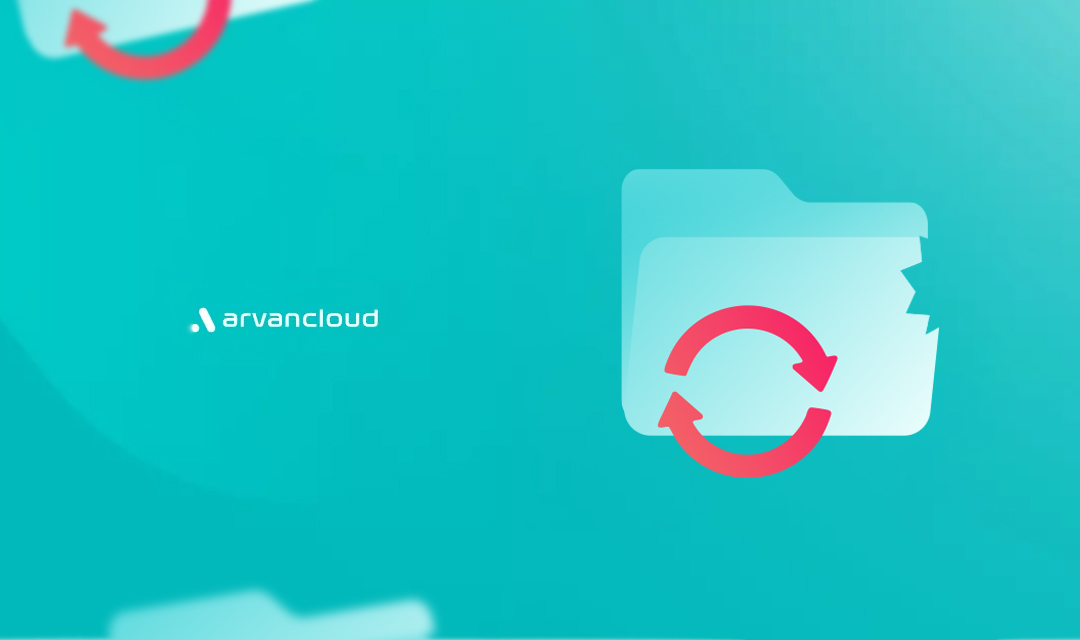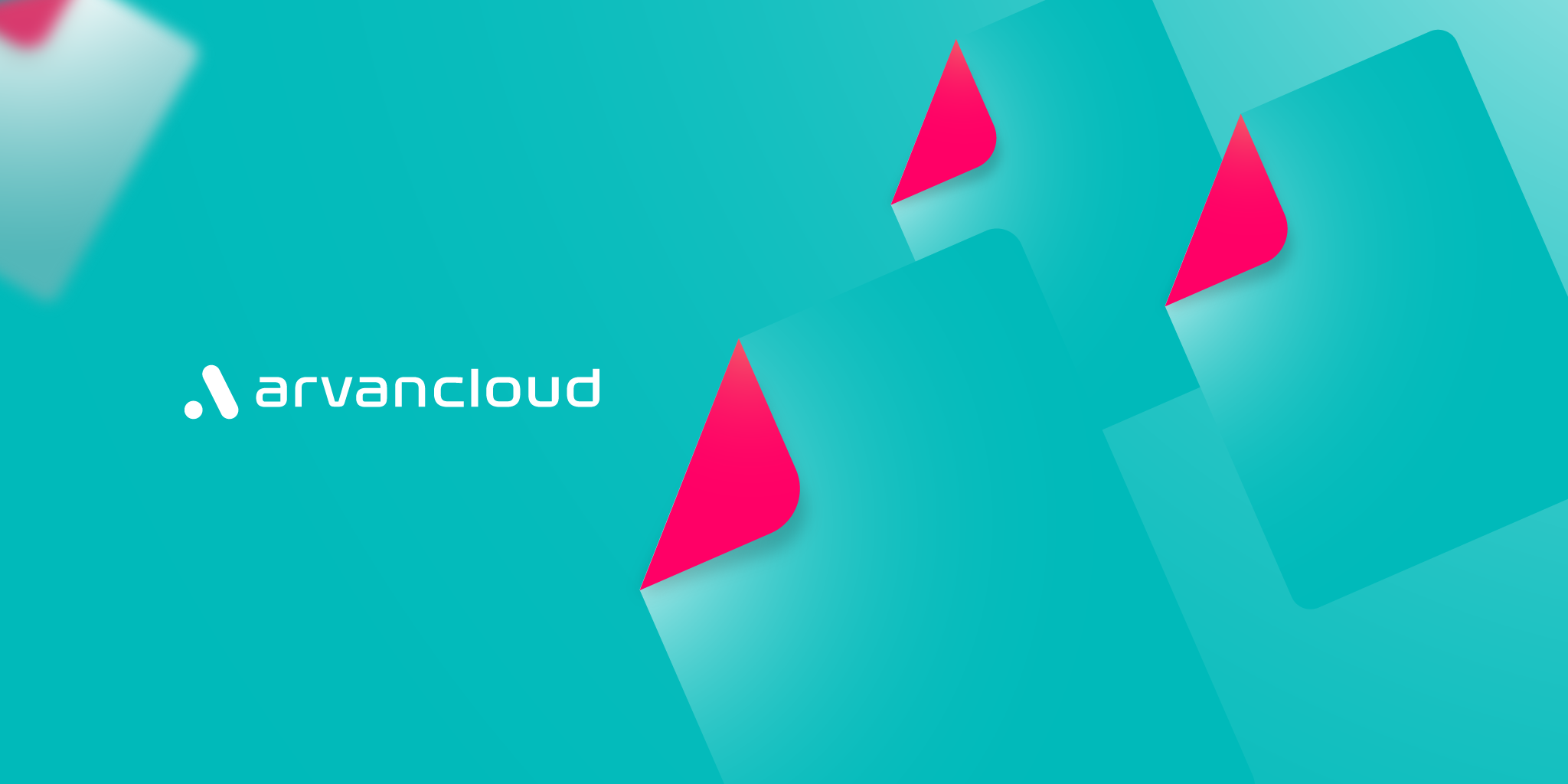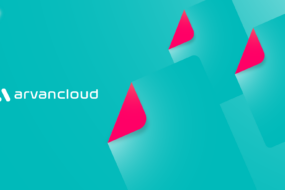
Unexpected and destructive incidents can occur in various forms, and business losses are only one part of the broader picture of such events. Unforeseen infrastructural disruptions — such as natural disasters, power outages, cyberattacks, or human error — can damage the service delivery process of modern businesses. These disruptions may result in data loss, service downtime, operational failure, and user distrust.
Cloud infrastructure providers, however, offer Disaster Recovery as a Service (DRaaS) through solutions such as data maintenance, backup, recovery, and protection against attacks — ensuring business continuity in times of crisis.
Therefore, it seems that for any modern business, the question during a disaster is not only about network speed or server performance but also: “Does the business use an architecture suitable for disaster situations?” Supporting this point, statistics indicate that by 2030, over 70% of global businesses and industries will have migrated to the cloud — leveraging its capabilities for disaster preparedness even before incidents occur.
What Is Disaster Recovery (DR)?
Disaster Recovery (DR) is a process organizations use to swiftly resume normal operations following unexpected events such as floods, earthquakes, cyberattacks, or power outages. The main goal of DRaaS is to minimize downtime, protect critical data, and ensure business continuity.
Thus, the use of cloud infrastructure should be seen as part of a broader strategy for business continuity, customer trust, stability, and availability — not merely as a way to cut costs or increase profitability. Numerous reports highlight the impact of cloud infrastructure on business continuity during crises. For example, major cloud providers like Amazon (AWS) claim to protect up to 99% of user data during incidents. Yet beyond numbers, the key question remains: how does cloud infrastructure meet these needs in practice?
How Arvancloud Infrastructure Ensures Business Continuity During Disasters?
Cloud service providers are defined by key attributes such as reliability, security, speed, and user experience improvement. Through a wide network of PoP sites and data centers located in high-traffic areas, they deliver secure and resilient infrastructure to businesses.
In essence, they act like digital couriers, connecting businesses and end users through stable and secure cloud communication — ensuring accessibility and service continuity during crises. Cloud providers typically include disaster preparedness solutions across all their products.
So how exactly do Arvancloud’s products support business continuity (DRaaS) during incidents?
Arvancloud’s multi-region architecture, for instance, stores backup copies in geographically distinct locations, preventing data loss within a single zone or region. Continuous testing and monitoring tools (Active Health Checks) built into all cloud products allow users to track and report service performance.
The Snapshot feature provides real-time backups of virtual machines and databases — crucial for disaster readiness. Meanwhile, Arvancloud’s CDN protects against DDoS attacks and other threats with firewall and mitigation services. Post-incident, intelligent AI-driven recovery tools assist in data restoration and service reactivation.
These solutions are integrated across Arvancloud’s products — whether users operate virtual servers, managed databases, cloud storage, VOD platforms, or containers. Multi-region availability, data recovery, and attack prevention are all core services of Arvancloud.
Importantly, the Disaster Recovery cycle not only ensures business continuity but also achieves cost efficiency — as businesses avoid expenses associated with maintaining and operating their own physical infrastructure.
Key Time-Related Concepts in Disaster Recovery
Before introducing some of the DRaaS concepts, two important time-related keywords in the Disaster Recovery chain must be explained:
1. RTO (Recovery Time Objective)
The amount of time a service can remain down during a disaster without causing major business impact. According to ITIC, one hour of downtime costs businesses over $100,000. Another report estimates the cost per hour of downtime between $1–5 million — emphasizing the importance of reducing RTO.
2. RPO (Recovery Point Objective):
The amount of data that can be lost during a disaster without significant business impact. A Veeam report shows that 77% of organizations consider an RPO of less than one hour ideal.
How does Arvancloud address these challenges? Through automated failover processes and robust backups, Arvancloud achieves RTO within minutes and RPO within seconds, helping businesses maintain operations during crises.
The Three Phases of Business Continuity (DRaaS)
This continuity is achievable through various cloud products and solutions across three phases — before, during, and after the incident — as outlined below:
1. Before a Disaster
- Use distributed Zones/Regions in Arvancloud’s products to create redundancy.
- Deploy services across multiple data centers: three in Iran (Simin, Forough, Bamdad), one in western Iran (Shahriar), and one in Europe (Goethe).
- Use Arvancloud’s storage service for sensitive data backup — distributed across Simin, Bamdad, and Shahriar — with multi-zone/multi-region synchronization and Object Lock for ransomware protection.
- Utilize Arvancloud’s managed cloud database for data retention with:
- Regular backups
- Standby nodes for high availability
- Fast failover capabilities
- Read-only replicas across multiple zones
- Use CaaS (Container as a Service) in multi-zone mode.
2. During a Disaster
- Mitigate suspicious traffic and attacks using DDoS Protection and WAF.
- Employ Load Balancer and Active Health Check to detect disruptions and redirect user traffic.
- Protect sensitive data with encryption, access control, and compliance tools.
- Utilize self-hosted and public Arvancloud services such as:
- Public DNS
- ArvanDrive for file storage and sharing
- Mirror repositories for Linux distributions
- One-click applications like NextCloud, Mattermost, and Metabase for internal communication and BI.
3. After a Disaster
- Use automated, API-based tools for recovery and service reactivation.
Arvancloud Services for Disaster Continuity
Arvancloud’s key services — including CDN, Object Storage, Video Platform, and Managed Database — all support disaster recovery with high security, fast restoration, and ease of use.
1. CDN
Arvancloud’s Load Balancer, Geo Load Balancer, and Active Health Check distribute traffic intelligently during incidents. If a data center fails, the system automatically routes traffic to healthy servers, ensuring uninterrupted service.
2. Distributed DNS Infrastructure
Arvancloud’s DNS system responds to user requests from multiple global locations. If one point fails, others continue to serve DNS requests seamlessly. Users can also back up their DNS records for emergencies.
3. Object Storage
A secure, flexible, geographically distributed storage system that prevents single points of failure (SPOF). Arvancloud’s multi-zone and cross-region replication ensure automatic data duplication between zones and regions — safeguarding data from physical disasters and reducing recovery time while enhancing latency performance.
4. Object Lock
Prevents accidental or intentional data deletion, ensuring compliance with regulatory standards and resilience against ransomware — especially vital for finance and healthcare sectors.
5. Multi-Antivirus System
Automatically scans uploaded files using multiple antivirus engines to detect and prevent malware or malicious content.
Business Continuity Safeguards the Digital Way of Life
Official and unofficial statistics report millions in losses from both natural and artificial disasters. Yet in today’s digital age, such incidents affect more than just businesses — they disrupt daily life.
In a world where even our simplest transactions rely on digital systems, maintaining a business is not merely a corporate concern but a societal necessity. Any disruption in this interconnected digital network affects consumers, citizens, and the broader online ecosystem.
Since the Fourth Industrial Revolution, it has become increasingly clear that digital dependence extends beyond business production chains. Consumers — the online citizens — are also impacted by outages and slowdowns. Hence, business continuity during disasters (DRaaS) has evolved from a technical measure into a societal imperative, ensuring not just business survival, but the continuity of everyday life.


